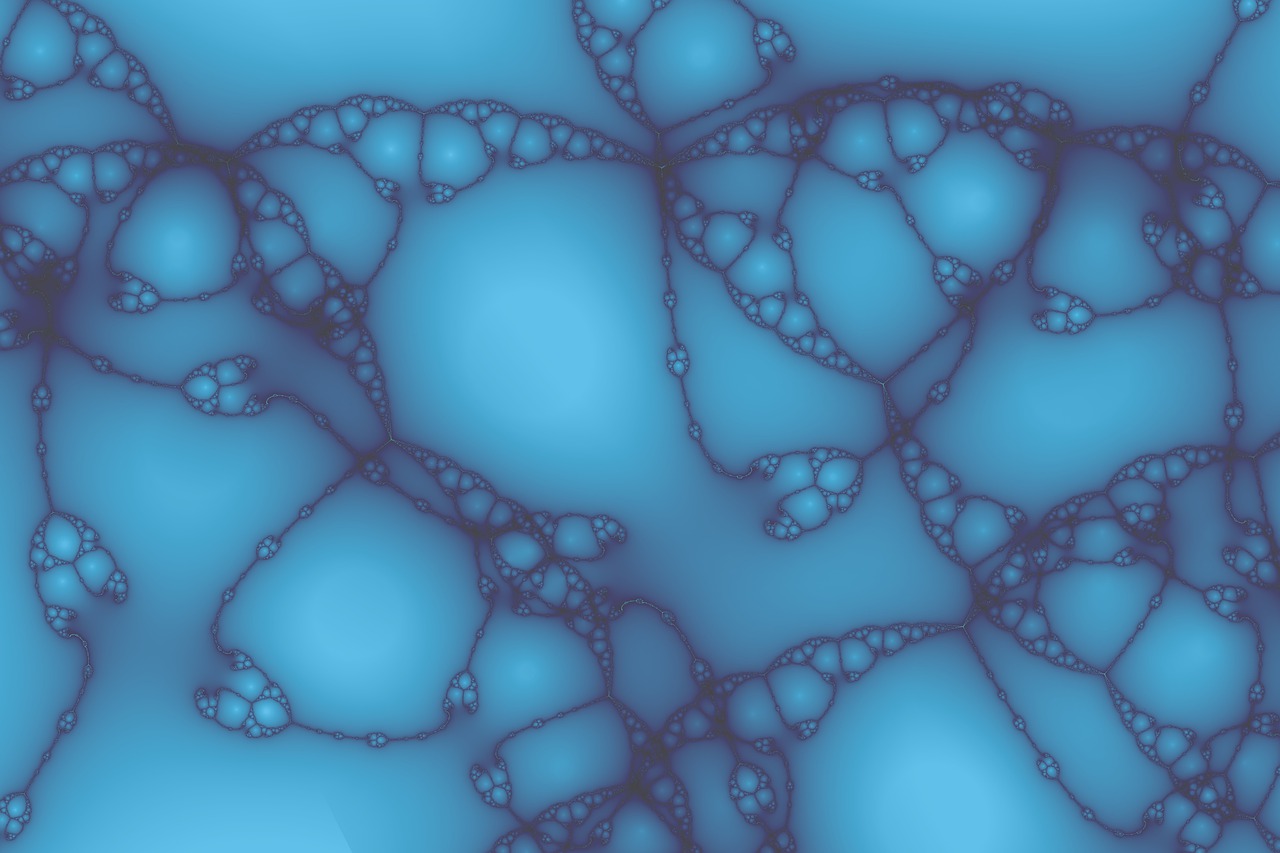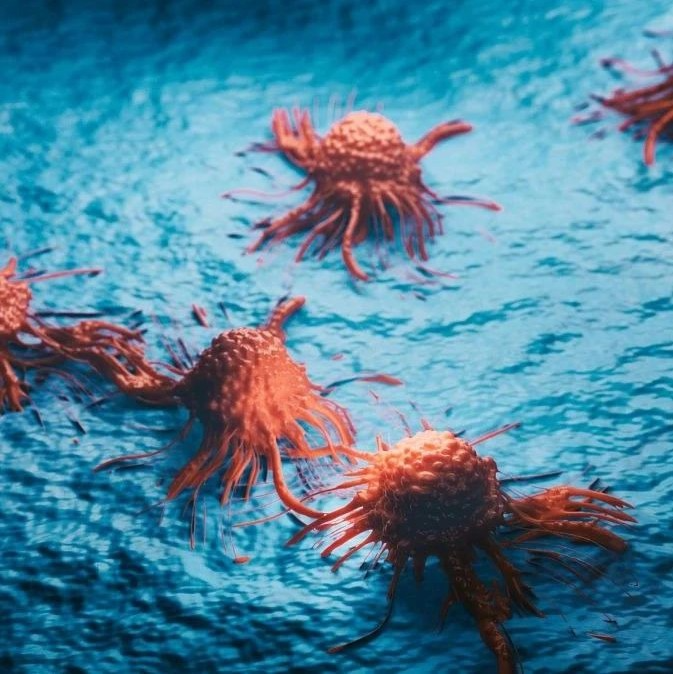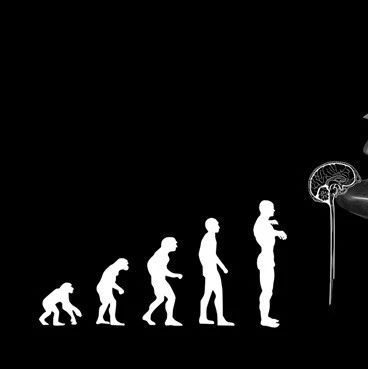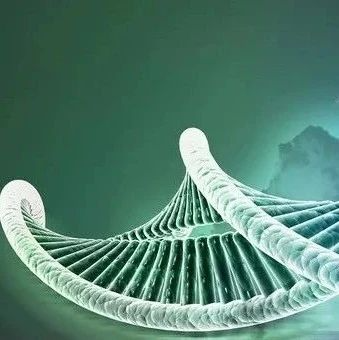据1月27日刊JAMA上的一则研究披露,应用导管消融法(即从某根导管中发出射频能量来消除某一导致不规则心跳的根源的方法)可在先前对抗心律失常药物治疗没有反应的阵发性心房颤动(间歇性心律紊乱) 的病人中取得显著改善的疗效。
心房颤动(AF)是一种重要的危及公众健康的问题。这些患者的发生中风、心力衰竭以及全因死亡的长期风险会增加。根据文章的背景资料,尽管AF患者的第一线治疗一般都用抗心律失常的药物,但它们的使用与随着时间的推移而出现的累积性不良反应有关,且它们的疗效也不恒定。导管消融疗法已经成为治疗AF的另一选项。
Loyola University Medical Center, Maywood, Ill.的David J. Wilber, M.D.及其同僚开展了一项研究,旨在比较导管消融疗法与抗心律失常药物治疗(ADT)在症状型阵发性AF患者中的疗效。这些患者先前至少对一种抗心律失常药物不起反应。这一随机性的研究是在19家医院中开展的,参与该研究的病人有167人。他们在本次随机性研究之前的6个月内都经历过至少3次的AF发作。这些病人是在2004年10月至2007年10月间参加本研究的,对其的最后一次随访的时间是2009年1月19日。这些患者被随机分配至导管消融治疗组(n = 106)或ADT组(n = ?61), 并在一个为期9个月的跟踪期内对其疗效进行评估。
研究人员所聚焦的主要治疗后果是发生规程所定义的治疗失败(其中包括在评估期内发生的被记录到的有症状的阵发性AF)的时间。
研究人员发现,在为期9个月的有效性评估期结束的时候,在导管消融疗法组中,有66%的患者仍然保持着没有出现规程所定义的治疗失败,而在接受ADT的患者中,没有出现规程所定义的治疗失败的人为16%。文章的作者写道:“同样地,接受导管消融疗法的病人中有70%没有出现有症状的再发性心房颤动,而这一数字在ADT组中则为19%。另外,在导管消融疗法组中,有63%的病人没有出现任何的复发性心房颤动,而在ADT组中,该数字为17%。”在导管消融疗法组的患者中,其报告的在3个月的生活品质评估中的平均症状出现频率和严重程度评分也有显著的改善。
在ADT组的57位患者中,有5人在30天内出现了与治疗有关的严重不良反应(占8.8%),而该数字在导管消融疗法组中则为5/103(占4.9%)。
文章的作者得出结论:“我们的在多个医疗中心中所进行的随机化实验证明,在那些对一种或更多药物不起反应的阵发性AF患者中,导管消融疗法比ADT的疗效要更为优越。导管消融疗法给予病人显著改善的心律控制和生活品质,而且安全性也更好。这些发现赞成对那些起初对药理学控制不起反应的阵发性AF病人及早进行导管消融疗法。”
推荐原始出处:
JAMA Vol. 303 No. 4, January 27, 2010
Comparison of Antiarrhythmic Drug Therapy and Radiofrequency Catheter Ablation in Patients With Paroxysmal Atrial Fibrillation
A Randomized Controlled Trial
David J. Wilber, MD; Carlo Pappone, MD, PhD; Petr Neuzil, MD; Angelo De Paola, MD; Frank Marchlinski, MD; Andrea Natale, MD; Laurent Macle, MD; Emile G. Daoud, MD; Hugh Calkins, MD; Burr Hall, MD; Vivek Reddy, MD; Giuseppe Augello, MD; Matthew R. Reynolds, MD, MSc; Chandan Vinekar, MS; Christine Y. Liu, MPH; Scott M. Berry, PhD; Donald A. Berry, PhD; for the ThermoCool AF Trial Investigators
Context Antiarrhythmic drugs are commonly used for prevention of recurrent atrial fibrillation (AF) despite inconsistent efficacy and frequent adverse effects. Catheter ablation has been proposed as an alternative treatment for paroxysmal AF.
Objective To determine the efficacy of catheter ablation compared with antiarrhythmic drug therapy (ADT) in treating symptomatic paroxysmal AF.
Design, Setting, and Participants A prospective, multicenter, randomized (2:1), unblinded, Bayesian-designed study conducted at 19 hospitals of 167 patients who did not respond to at least 1 antiarrhythmic drug and who experienced at least 3 AF episodes within 6 months before randomization. Enrollment occurred between October 25, 2004, and October 11, 2007, with the last follow-up on January 19, 2009.
Intervention Catheter ablation (n = 106) or ADT (n = 61), with assessment for effectiveness in a comparable 9-month follow-up period.
Main Outcome Measures Time to protocol-defined treatment failure. The proportion of patients who experienced major treatment-related adverse events within 30 days of catheter ablation or ADT was also reported.
Results At the end of the 9-month effectiveness evaluation period, 66% of patients in the catheter ablation group remained free from protocol-defined treatment failure compared with 16% of patients treated with ADT. The hazard ratio of catheter ablation to ADT was 0.30 (95% confidence interval, 0.19-0.47; P & .001). Major 30-day treatment-related adverse events occurred in 5 of 57 patients (8.8%) treated with ADT and 5 of 103 patients (4.9%) treated with catheter ablation. Mean quality of life scores improved significantly in patients treated by catheter ablation compared with ADT at 3 months; improvement was maintained during the course of the study.
Conclusion Among patients with paroxysmal AF who had not responded to at least 1 antiarrhythmic drug, the use of catheter ablation compared with ADT resulted in a longer time to treatment failure during the 9-month follow-up period.







